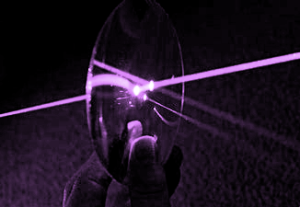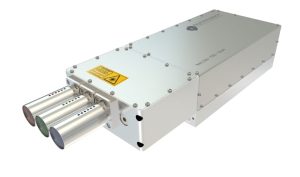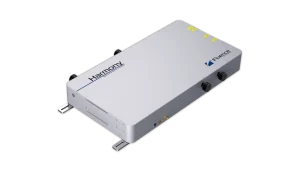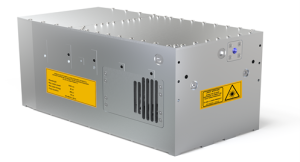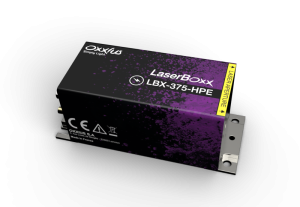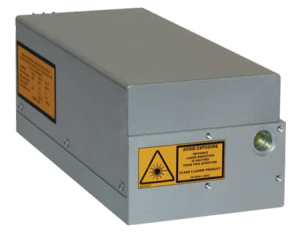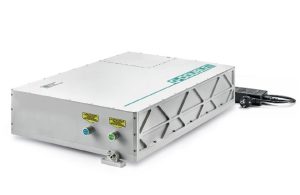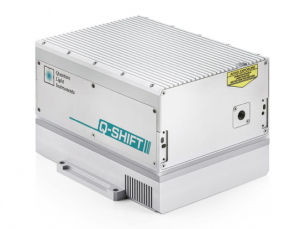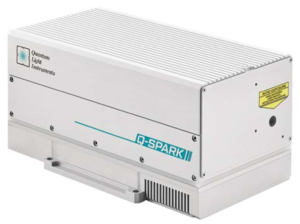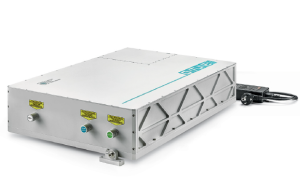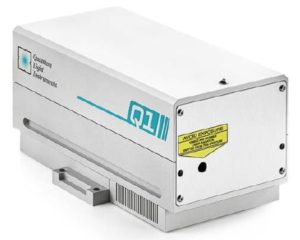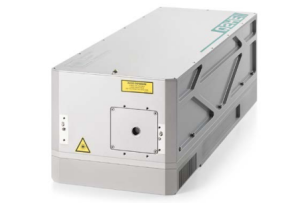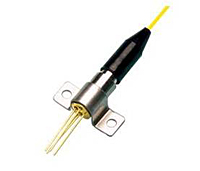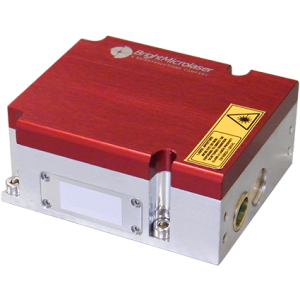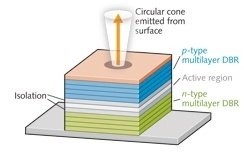The Ultraviolet Lasers We Offer:
Wide Range of UV Laser Types & Configurations
-
- From ultra-compact CW laser modules to high-energy pulsed laser systems
- Options for single mode or multimode, free-space or fiber-coupled output
- Application-specific tailored solutions – Component to OEM to turnkey

High Power, Energy & Precision for Demanding Applications
-
- High average & peak powers support high-intensity applications
- UV wavelengths ensure precision with smaller focusable spot sizes vs Green
- Compact, lightweight & rugged options for portable & handheld integration

Versatile Applications in Scientific & Industrial Fields
-
- Ideal for Micromachining, LIBS, Raman and Fluorescence Lifetime Spectroscopy, and more
- Supports advanced applications from research to industrial processing to material analysis
- UV lasers provide unmatched resolution for fine-feature creation and sensitive detection
For nearly 30 years, RPMC’s selection of UV Lasers has set the standard for affordable precision across a wide range of applications, from defense to medical, industrial, and research with 1000’s of successful units in the field. We understand that every application has unique requirements, which is why our configurable platforms are designed to offer the perfect fit for your needs—whether you’re working with fundamental wavelengths, harmonics, or specialty wavelengths. As your partner, we’re here to guide you through the selection process, ensuring that your ultraviolet laser integrates seamlessly into your existing systems. With time-tested technology that balances power and precision, we’re committed to supporting your success every step of the way.

 SHIPS TODAY
SHIPS TODAY 